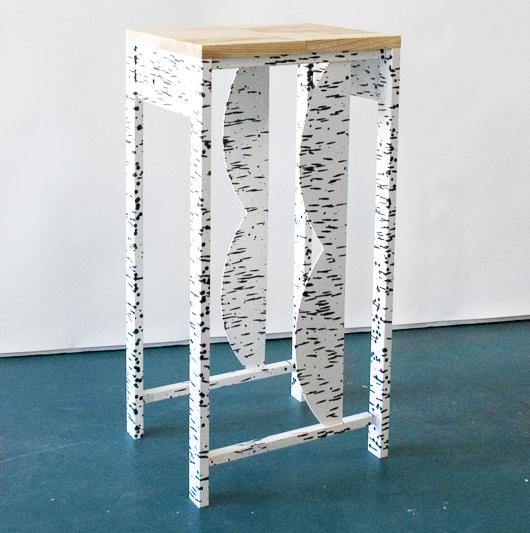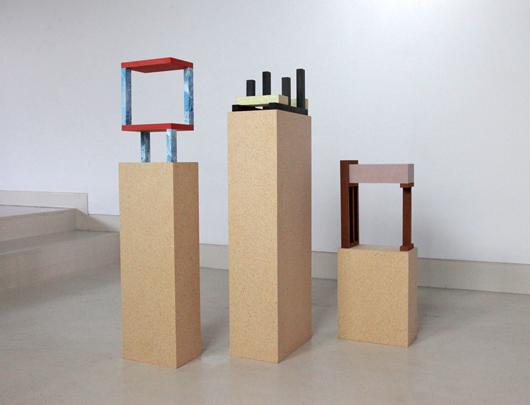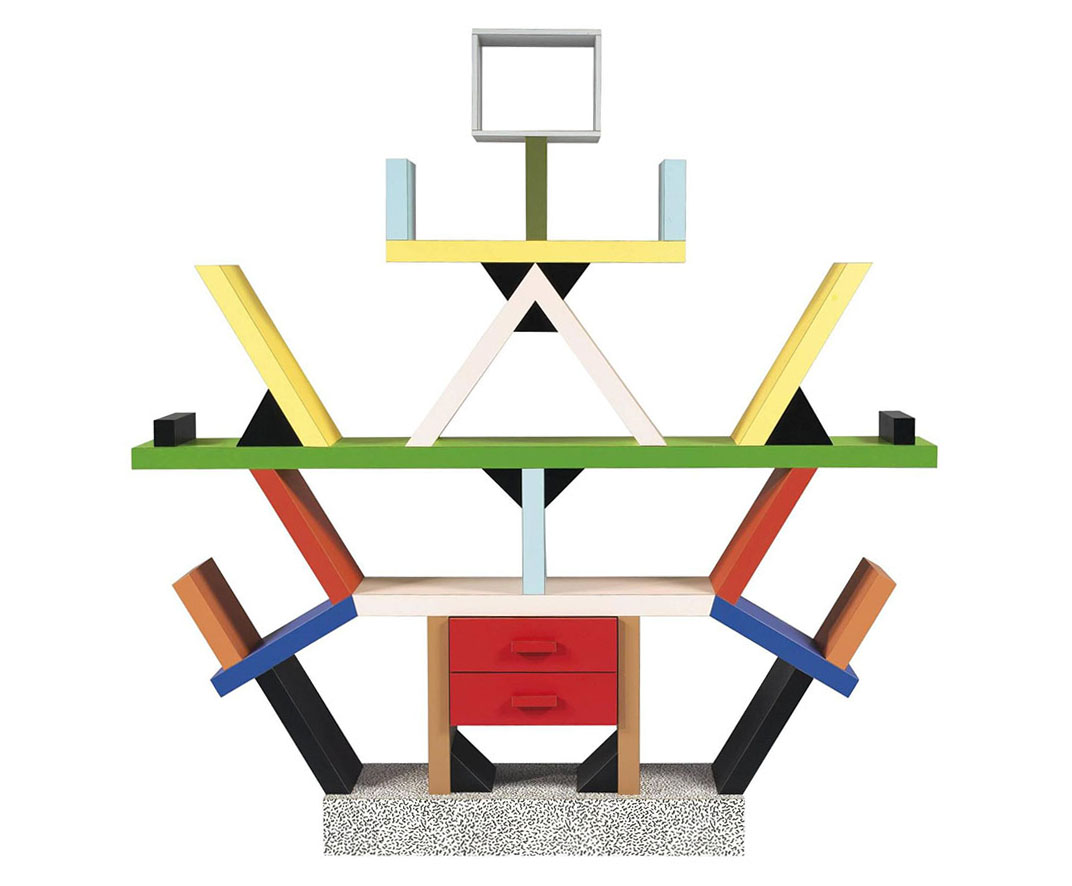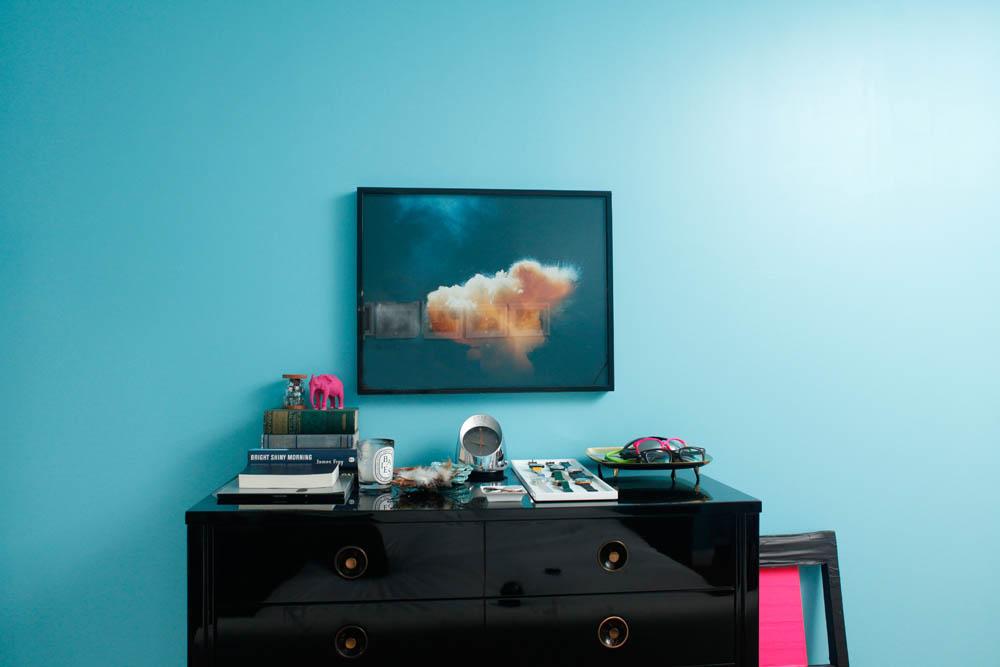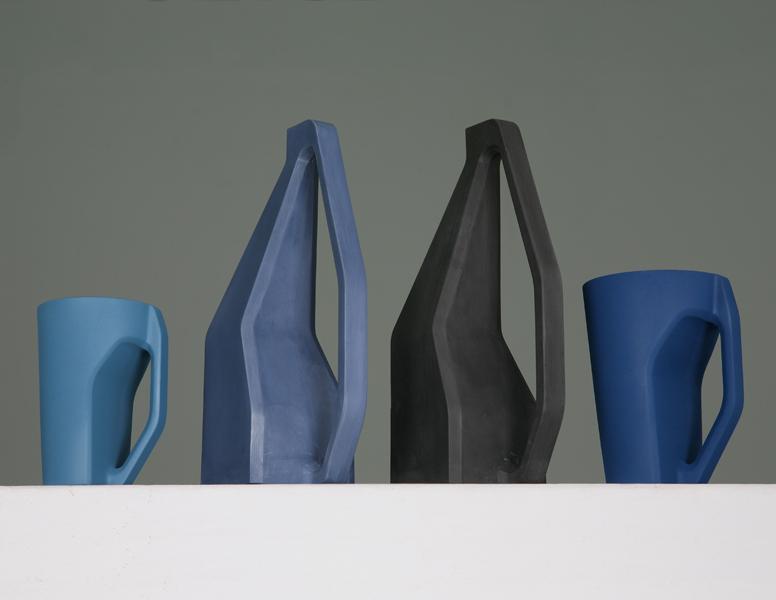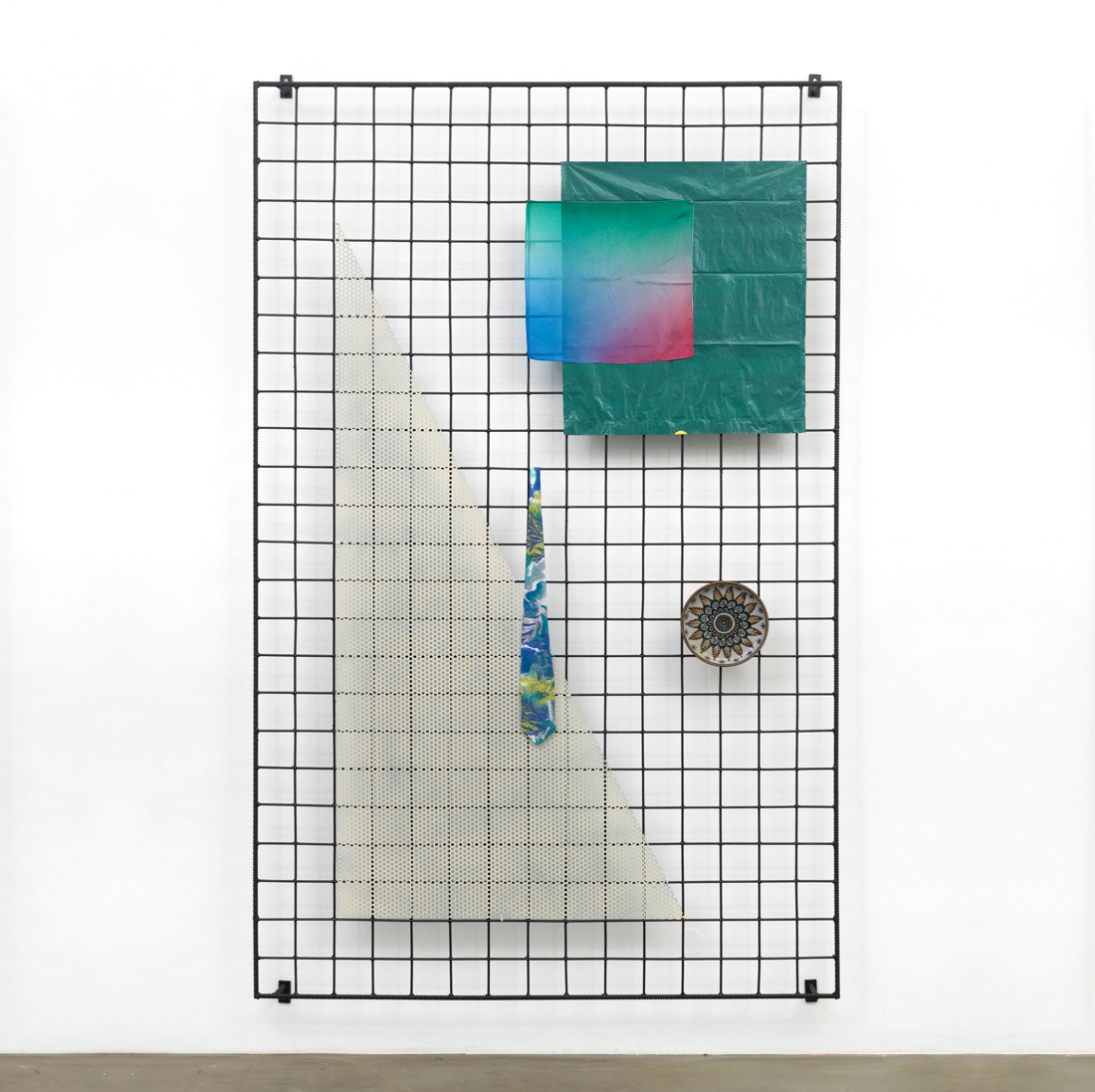
03.11.13
Excerpt: Exhibition
Figures & Routines by Eva Berendes at Jacky Strenz Gallery
Plenty of great artists and art historians have pondered the idea of painting leaving behind or transcending the canvas, but when I visited the Berlin studio of Eva Berendes last winter and heard her talk about her own work's gradual journey beyond frames and stretchers, the first person who came to mind was Bruno Munari. In his amazing little book Design As Art, the Italian icon describes the idea behind his hanging mobiles — aka "Useless Machines" — as an attempt to liberate painting from its fundamentally static nature and give it movement and dimension; Berendes describes her own pieces in much the same way. Despite focusing almost entirely on painting during her graduate studies, she decided to create a free-flowing curtain for her thesis project because she found it somehow liberating, and she's kept dipping her toes into the world of design and objects ever since, blurring the line between two dimensions and three. For her latest project, on view at Berlin's Jacky Strenz Gallery through April 8, she's ventured even further into that world, mounting a jumble of vintage objects, packing materials, and hand-painted silk swatches onto hand-welded black metal grids, thus "abolishing any distinction between the inimitable and the mass-produced."
